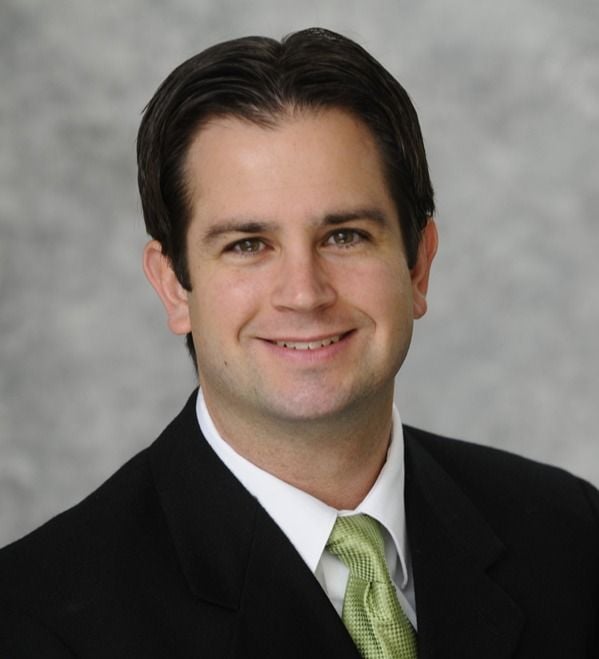The SECURE 2.0 Act of 2022 (SECURE 2.0) made extensive changes to small business 401(k) plans. Among them were the simplification of certain non-discrimination testing rules. These rules ensure that 401(k) plans do not disproportionately favor Highly-Compensated Employees (HCEs). The SECURE 2.0 changes could mean big savings for some small business owners.
They affect the coverage and top heavy tests. The changes can help small businesses increase employee savings and/or reduce plan expenses by:
-
- Simplifying the “family attribution” rules when coverage testing, making it easier for spouses with separate businesses to maintain standalone plans.
- Reducing the contribution obligation for “top heavy” plans, making a short service requirement for plan eligibility more attractive.
Below is a summary of these changes, including their potential benefit for small businesses.
Simplifying the “Family Attribution” Rules
401(k) coverage testing ensures an employer covers a broad cross-section of employees with their plan, rather than disproportionately favoring HCEs. When coverage testing, a “controlled group ” is considered a single employer. Two or more companies represent a controlled group when enough common ownership exists. The controlled group rules exist so owners can’t subdivide their company into separate companies – one employing HCEs and the other employing NHCEs – to discriminate in favor of HCEs.
When determining the controlled group status of companies, individuals are deemed to own (attributed) the stock of certain family members. The “family attribution” rules exist to thwart ownership structures that would otherwise permit discrimination.
SECURE 2.0 removed the attribution requirement for spouses with separate and unrelated businesses who either 1) reside in community property states, or 2) have minor children.
Spouse Attribution Rules
For married couples, any ownership by one spouse is attributed to the other, unless the “spousal exception” applies. For the exception to apply, a spouse must meet all of the following conditions throughout the applicable year:
-
- The spouse does not directly own any stock in the company.
- The spouse is not a director or employee and does not participate in the management of the company.
- No more than 50% of the company’s gross income is derived from royalties, rents, dividends, interest, and annuities.
- The stock is not subject to conditions which substantially restrict or limit the spouse's right to dispose of it and which run in favor of the individual or his/her children who have not attained the age of 21 years.
SECURE 2.0 simplifies the coverage testing rules by removing two overrides to the spousal exception. The change makes it easier for spouses with separate businesses to maintain standalone plans – each tailored to meet the goals of the respective business.
Community Property States
States with community property laws, such as California and Texas, require couples to split all assets acquired during marriage. Prior to SECURE 2.0, these laws precluded couples with separate and unrelated businesses from using the spousal exception.
Starting in 2024, community property laws are disregarded when determining if the spousal exception is met.
Minor Children
Under the family attribution rules, a minor child (either by birth or adoption) is attributed the ownership of a parent. Prior to SECURE 2.0, this child attribution rule created an ownership nexus that overrode the spousal exception for any married couple with a minor child in common.
Starting in 2024, minor children are disregarded when determining if the spousal exception is met.
Reducing the “Top Heavy” Contribution Obligation
A 401(k) plan is considered “top heavy” when the account balances of key employees exceed 60% of total plan assets. A top heavy 401(k) plan must generally provide non-key employees with a top heavy minimum contribution (THMC) equal to 3% of their annual compensation. Most safe harbor 401(k) plans automatically pass the top heavy test.
A way for employers to reduce the cost of a THMC is by keeping new hires out of their plan for as long as legally possible – up to one year of service. This cost-saving method is most popular with employers who have high employee turnover.
However, a long eligibility wait period may not be feasible for employers who want to use their 401(k) plan as a recruitment tool. In addition, an employer with part-time workers may want to avoid the complexity of the upcoming long-term, part-time (LTPT) rules by using a minimal or no service requirement.
SECURE 2.0 Removes Recent Hires from Top Heavy Contributions
For employers wanting to use a minimal or no service requirement for eligibility – whether for recruitment or to deal with LTPT employee rules – SECURE 2.0 helps by eliminating the THMC for recent hires.
Starting in 2024, an employer can exclude employees who don’t meet the maximum eligibility standards (i.e., one year of service and age 21) from receiving the THMC. For example, if a top heavy 401(k) plan has no service requirement for eligibility, employees would not receive the top heavy minimum contribution until they have worked for at least one year and attained age 21.
Still Have Questions? Ask Your 401(k) Provider!
The 401(k) nondiscrimination testing changes made by SECURE 2.0 could mean big savings for a small business. However, they can also be difficult to understand. If you have questions, contact your 401(k) provider. They should have a clear understanding of the changes and whether they can benefit you.
If your 401(k) provider is not familiar with how the changes may benefit your plan, it might be time to find a new one. 401(k) plans are not a one-size-fits-all proposition, and a consultative 401(k) provider can help you find savings that others cannot.


